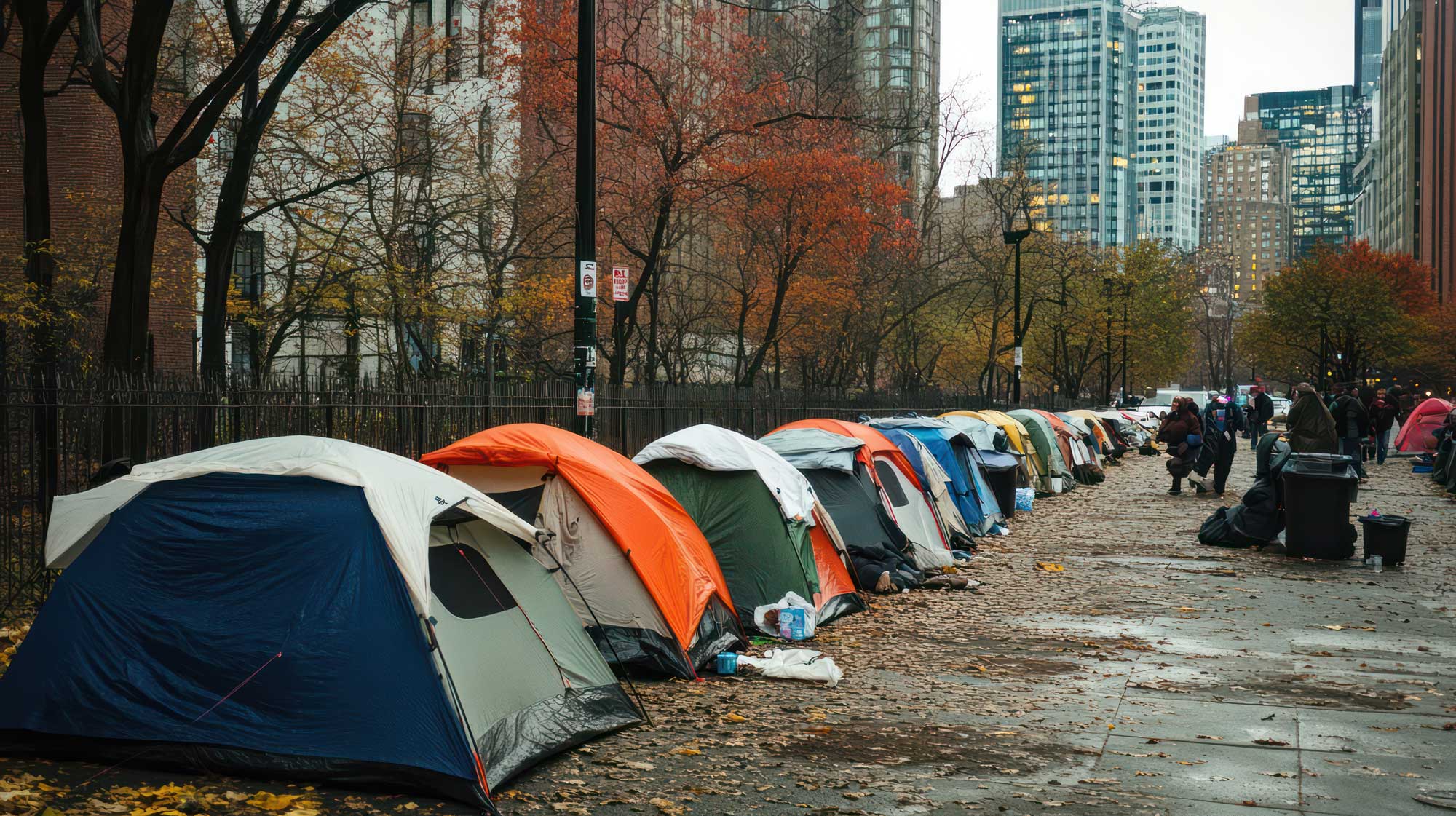
Street Encampments Endanger All Hoosiers—There is a Way Forward
Overview
Hoosiers living on the street are worse off today than they were five years ago. Data reveals that total rates of homelessness have increased and living conditions for homeless people have worsened by concerning margins.1
Among the unsheltered homeless population, the number of those who are chronically homeless has increased by 326 percent in Indiana.2
Additionally, among the unsheltered, severe mental illness has increased by 133 percent, and chronic substance abuse has increased by 172 percent.3
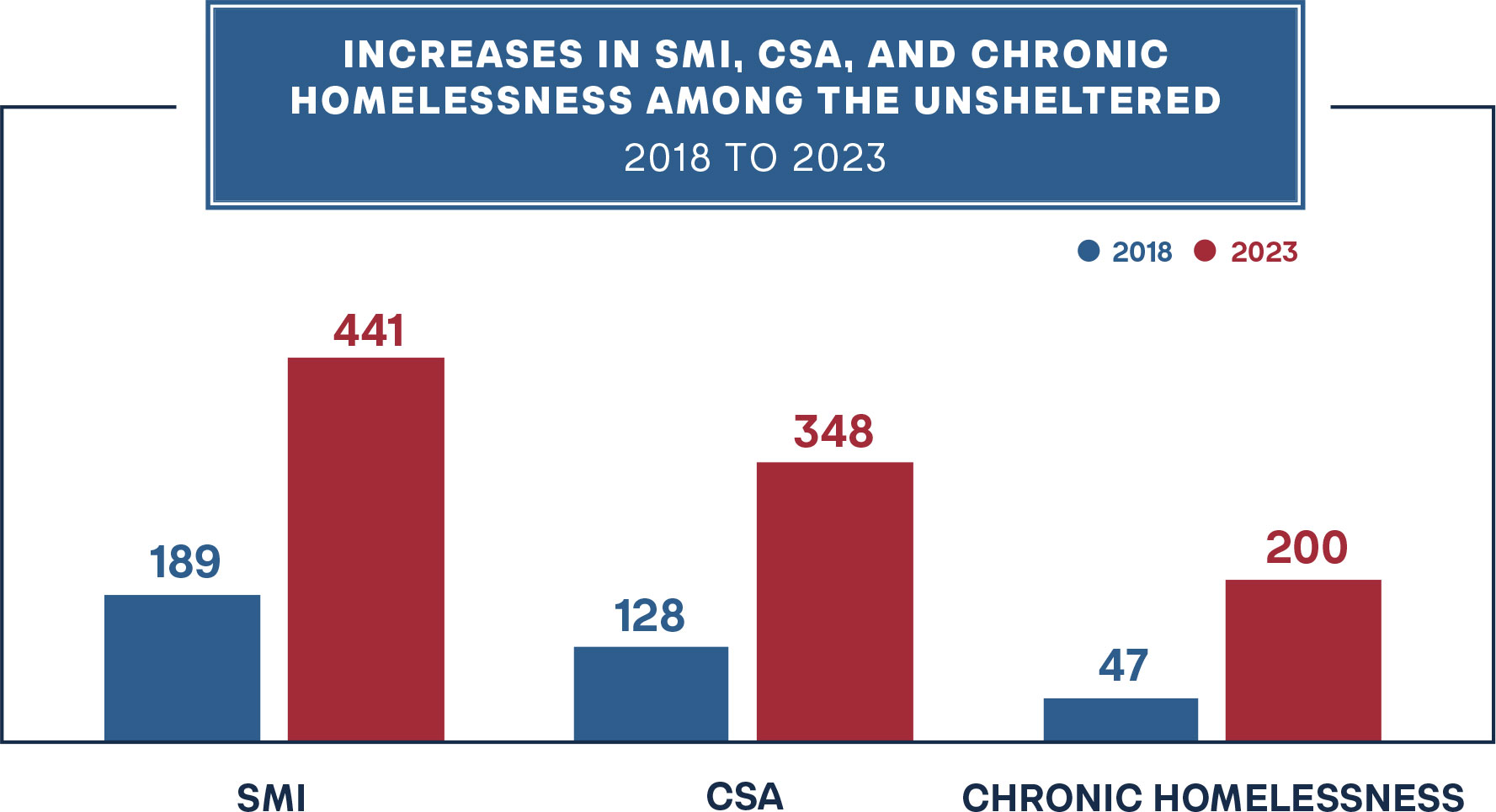
Indiana is not adequately responding to the complex needs of many homeless people, and the number of subsidized permanent housing options has grown by 55 percent while treatment-focused transitional housing options have been cut by 15 percent.4 This neglect leaves many without a consistent place to seek shelter and care.

This poor performance is unacceptable. In 2024, Indiana received $3,946,227 from the Emergency Solutions Grants Program.5 More importantly, the state received $34,356,658 in funds from the Continuum of Care Grant Program in 2023, an increase from $29,982,137 in 2022.6 In 2023, 81 percent was dedicated to permanent housing solutions, while only six percent went towards transitional housing.7 Despite efforts to increase housing accessibility, the proportion of unsheltered among the total homeless population of Indiana has risen by 75 percent since 2018.8
A prohibition on street camping would be a significant step toward protecting vulnerable homeless individuals—and the communities in which they live.
Solution: Prohibit Public Encampments
More people than ever are experiencing unsheltered homelessness in America. According to annual point-in-time count data, the number of unsheltered individuals increased from 176,357 in 2016 to 233,832 in 2022.9 The Department of Housing and Urban Development estimates that 40 percent of those homeless individuals are living outdoors, and 62 percent of the chronically homeless are unsheltered altogether.10
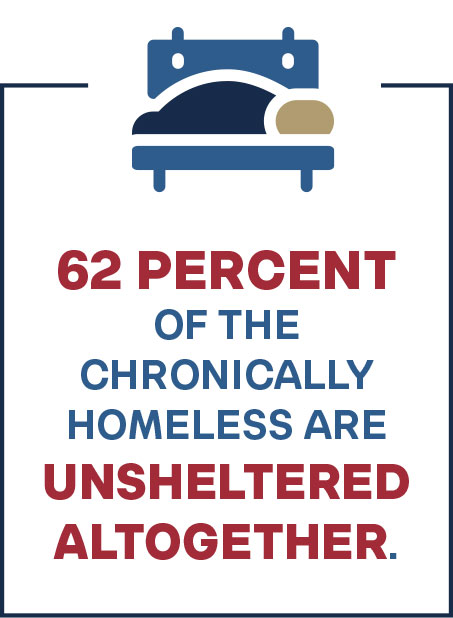
Despite this increase in homelessness, there has been a failure to incentivize material change. Moving unsheltered homeless individuals out of dangerous street encampments and into available shelter space and other services would save lives and improve outcomes.
The misalignment of the growing unsheltered population with resources to offer them temporary shelter that can immediately remove them from the street has led to a worsening humanitarian crisis and uncertainty around public safety.


Public Safety Risks of Street Camps
The unsheltered homeless population has many serious challenges. The prevalence of crime, mental health and substance abuse disorders, and cyclical incarceration among the homeless population is staggering. In Manhattan, New York, one study found that, between a mentally ill person who is housed and one who is not, the latter is 35 times more likely to commit a crime and 40 times more likely to commit violent crimes, especially toward strangers.13 The San Diego County District Attorney’s Office found that homeless individuals were 514 times more likely to commit a crime than the average citizen.14 In 98 percent of cases, a homeless offender is a repeat offender.
Roughly half of the people in homeless shelters have been to prison, with one in five having been released within the preceding three years. The University of California at San Francisco found in a June 2023 report that nearly one in three homeless people in California had been to prison or a long-term jail stay in the six months prior to their becoming homeless. The same study found that more than 80 percent of people experiencing homelessness reported severe mental health conditions, for which one in four had been hospitalized. Two-thirds reported regularly using hard narcotics like methamphetamine, crack cocaine, and opiates, and fewer than half of those individuals reported having ever received treatment. Interestingly, only a mere four percent cited high housing costs as the primary reason they became homeless.
Health Risks of Public Camps
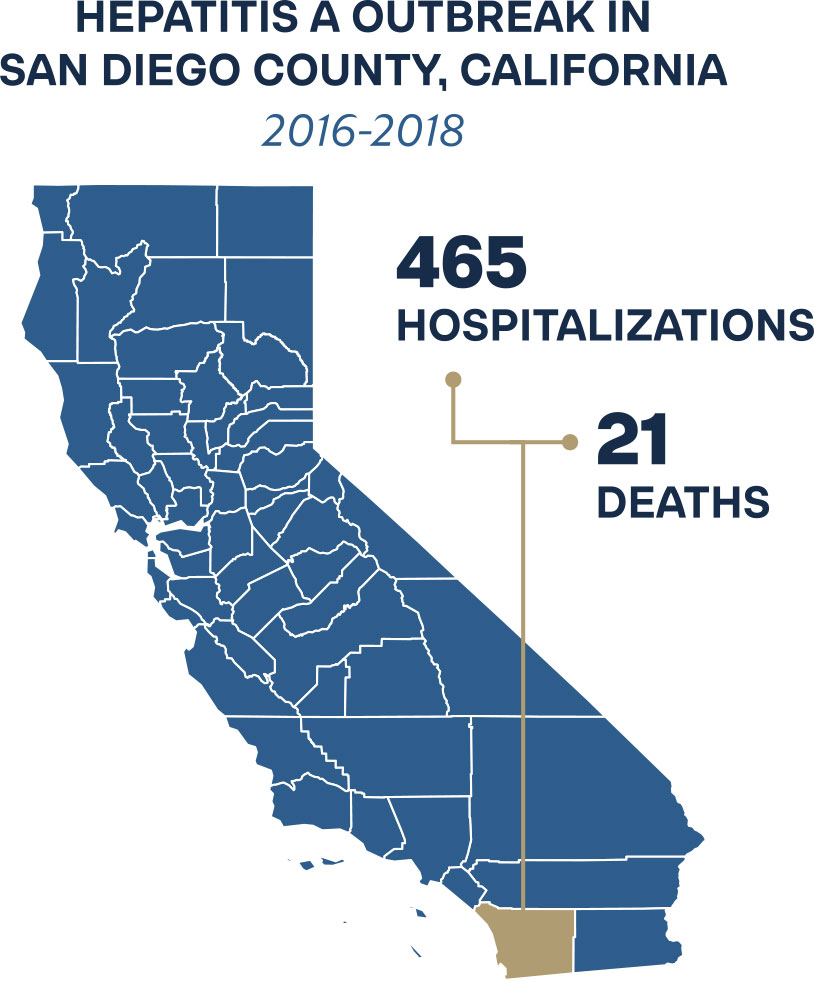
Homeless individuals in camps are at a higher risk of communicable diseases due to the circumstances of their living conditions. The National Institute of Health (NIH) found that unsheltered homeless individuals have a nearly three-fold increase in mortality compared to sheltered homeless people due to a variety of factors, including drug-induced poisonings and infections.15 In 2016-2018, California saw one of the largest outbreaks of Hepatitis A in San Diego County, primarily among people who were homeless. Of those who contracted Hepatitis A, 72 percent were also reported as using drugs. Encampments put homeless individuals at a higher risk for viruses like this because, coupled with unsanitary conditions that allow the virus to spread quickly among inhabitants, they allow drug use to go unchecked.
King County, Washington, recently experienced an outbreak of shigella, an intestinal infection spread by fecal matter.16 While data isn’t available for this outbreak, in a 2021 outbreak of Shigella in King County, of the 142 cases reported, 110 of those infected were homeless.17 Tuberculosis, which spreads easily in areas where individuals live in close, unsanitary quarters, has also been found to spread among homeless camps.
The NIH found the prevalence of tuberculosis among homeless individuals is 20 times higher than that of the general population.18 In 2013, a wave of tuberculosis spread among “Skid Row,” a sizable homeless area in Los Angeles. Sixty of the verified 78 cases were among homeless individuals, and health workers identified nearly 5,000 additional people who were likely exposed.19
Public safety and health concerns of homeless encampments negatively impact communities at alarming levels. These public risks are what the regulation of public spaces is intended to mitigate.
Public Camping Ban Legislation
Prohibiting camping in public spaces is a compassionate way to redirect unsheltered homeless people to existing shelters that are safer and provide resources such as substance abuse treatment or job placement in addition to hygiene facilities and food. This contributes to better health and safety outcomes for homeless individuals and safer communities for all. The bans, when tied to fines or temporary jail time for unlawful camping on public lands, have been an effective means to addressing the growing homelessness crisis.
Austin, Texas, saw the unsheltered homeless population in its downtown area drop by one-third following the reinstatement of its camping ban in 2021.20 According to federally mandated point-in-time data, the current homeless population in Austin has declined by five percent compared to 2020, consisting of 19 percent more people seeking formal shelter and 20 percent fewer unsheltered individuals. Georgia recently passed legislation that compels municipalities to enforce camping bans.21 Colorado Springs banned camping within 100 feet of creeks and other waterways in July 2018. That year, 33 percent of their homeless population were unsheltered. By 2022, that number had dropped to 19 percent. Much of the success of this ban has been the ability to relocate unsheltered homeless individuals to shelters that provide various resources like vocational training, food, and hygiene necessities.

The Zone in Phoenix is a great example of an unsanctioned camp that was allowed to fester without significant law enforcement interaction and has since been shut down. Since clearing The Zone, 80 percent of residents have found more stable shelter.22
To maintain order in our cities, we must hold all citizens, including the homeless, accountable to the rule of law. Removing homeless Hoosiers from unsanctioned camps and redirecting them to shelters offers them the services they need while reducing crime and improving the quality of life. Indiana should stop these camps before they reach levels similar to The Zone, and the best way to do that is to relocate homeless individuals from dangerous street encampments to safe shelters.
APPENDIX
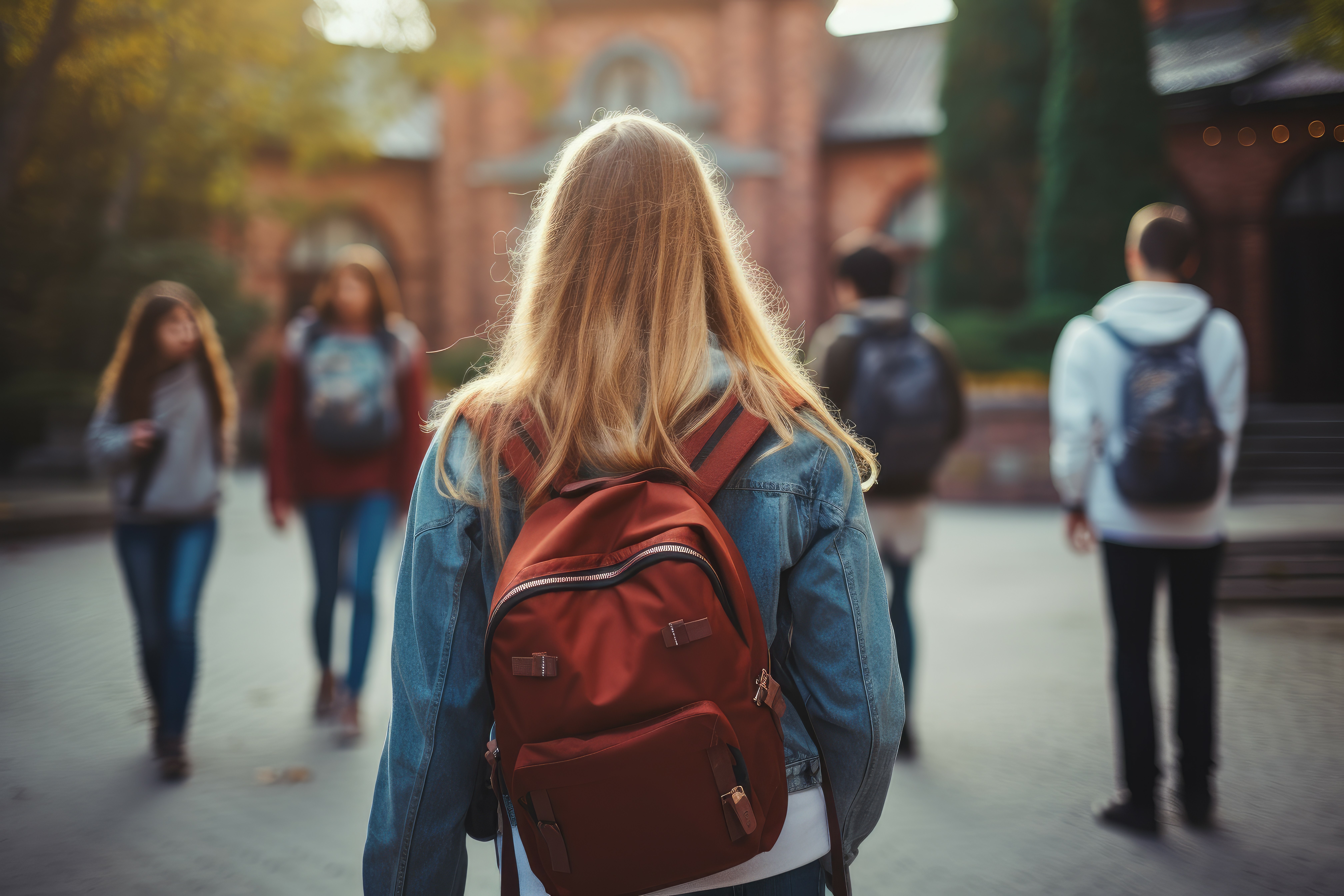
Stay Informed
Sign up to receive updates about our fight for policies at the state level that restore liberty through transparency and accountability in American governance.